Classic Gear: Roland JX-3P – The synth that thinks it’s a guitar
With a guitar synth legacy, the Roland JX-3P is a unique 1980s polysynth.
The Roland JX-3P might not be the first ‘80s poly that comes to mind but it can certainly hold its own against the competition. This is thanks to a unique sound and unusual DNA. It actually started life as a guitar synthesizer…
Roland JX-3P
In 1983, the visitor to a Roland showroom would have many solid polyphonic synthesizers to choose from. There were the Junos, the 6 and 60, of course. The Jupiter series would have been represented by the Jupiter-6 and 8 and maybe even a 4 hanging around somewhere. Into this party came the JX-3P, a rather special poly with some (for the time) unusual parameters and design choices. No knobs? Individual preset buttons? And MIDI, what’s that?

The colourful Roland JX-3P (the three P’s mean Programmable Preset Polyphonic, in case you’re wondering) has always been something of an oddball. Although it sold relatively well at the time, moving around 37,000 units (the same as the Juno-6 and 60 combined but half of the Juno-106), it’s still not nearly as well known as its brethren. This is likely because it took a page from Yamaha’s DX design book and did away with onboard controls. This may have saved on costs – and forced people to pony up for the optional PG-200 programmer – but it also makes it less desirable to many. And while it does have MIDI, implementation is laughably primitive.
And yet! And yet it’s one of my favourite synthesizers. Read on to find out why the JX-3P is really a classic.
Roland JX-3P: Six-String Serenade
The Roland JX-3P story begins not in Osaka, where Roland had its headquarters at the time, but in a medium-sized mountain town called Matsumoto. Located in the mountains of Nagano Prefecture, Matsumoto is known for its castle, quaint streets and concentration of guitar luthiers. With so many luthiers here, Roland decided to make Matsumoto its home base when it began designing guitar synthesizers in the 1970s. The first was the GR-500 in 1977, which paired a custom guitar to a synthesizer in a box.

Fast forward to the early 1980s, and the engineers working on the latest guitar synth realize that their new invention could very well work as a synthesizer in its own right. While the guitar synth version, the GR-700, would eventually come out in 1984, its keyboarded older sibling was born in 1983. The name? JX-3P, of course.
Roland JX-3P: Have Synth, Will Travel
The JX-3P is positioned somewhere between a Juno and a Jupiter. The six-voice poly has two digitally controlled oscillators with additional modulation capabilities like cross modulation and oscillator sync. The 24dB lowpass filter is based on Roland’s IR3109 chip, the same one that’s in the Jupiter-4, 8, 6, Junos 6 and 60 and SH-101. However, the JX-3P sets the resonance lower than these others, giving it an overall thin sound – for better or for worse.
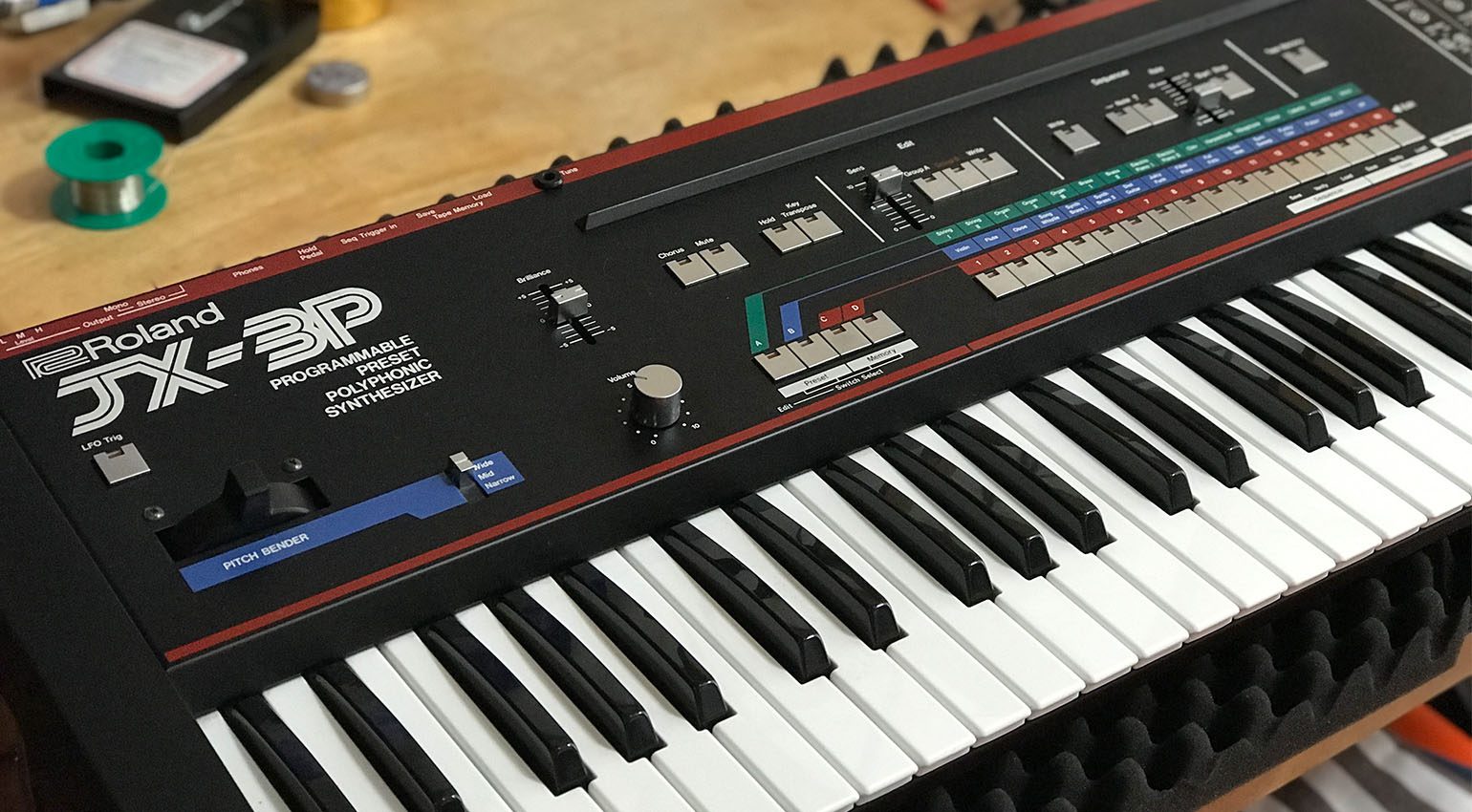
This sound is polarizing. Many dislike it, deriding it for its lack of oomph. You certainly wouldn’t call on the JX-3P for bass duties but then again, you wouldn’t pick up a six-string guitar for that reason either. Like a guitar, the JX-3P excels at midrange tones. If things are sounding a bit flimsy, there’s always the analogue chorus to thicken things up. I for one like the sound of it. It has a sheen to it, a shine that I haven’t found in any other synth. Give it a try for chords, leads and especially pads.
You’re also going to want the PG-200 programmer to get the most out of it. You can program it from the front panel via the single edit slider but it’s a heck of a lot more fun with the knobs.
Roland JX-3P: Know Your Limitations
The JX-3P is one of Roland’s first instruments with MIDI. That being the case, MIDI implementation is shockingly bare bones. It can only handle note on/off, pitch bend, hold, modulation and program change messages. While having the PG-200 programmer is handy, you can’t use MIDI and the programmer at the same time. And, although the JX-3P has an unusually cool 128-step polyphonic step sequencer, it clocks to sync and not MIDI. Bummer.
Thankfully, there are mods. Roland apparently offers an EPROM to give you control over note velocity via MIDI. Third-party mods significantly improve things with parameter control via a MIDI controller – and yes, you can use the programmer at the same time.
Roland JX-3P: Taste The Rainbow
My journey with the Roland JX-3P actually began with the JX-03 Boutique version. I had wanted a real JX-3P primarily because I loved the rainbow colour scheme. (Hey, I grew up in the ‘80s. What can I say?) I liked the Boutique but it made me want to get the real thing. I managed to pick one up for cheap because it needed a little work. After fixing some dead keys, replacing a few of those tacky preset tact switches and swapping out the internal battery, it was once again firing on all six cylinders.
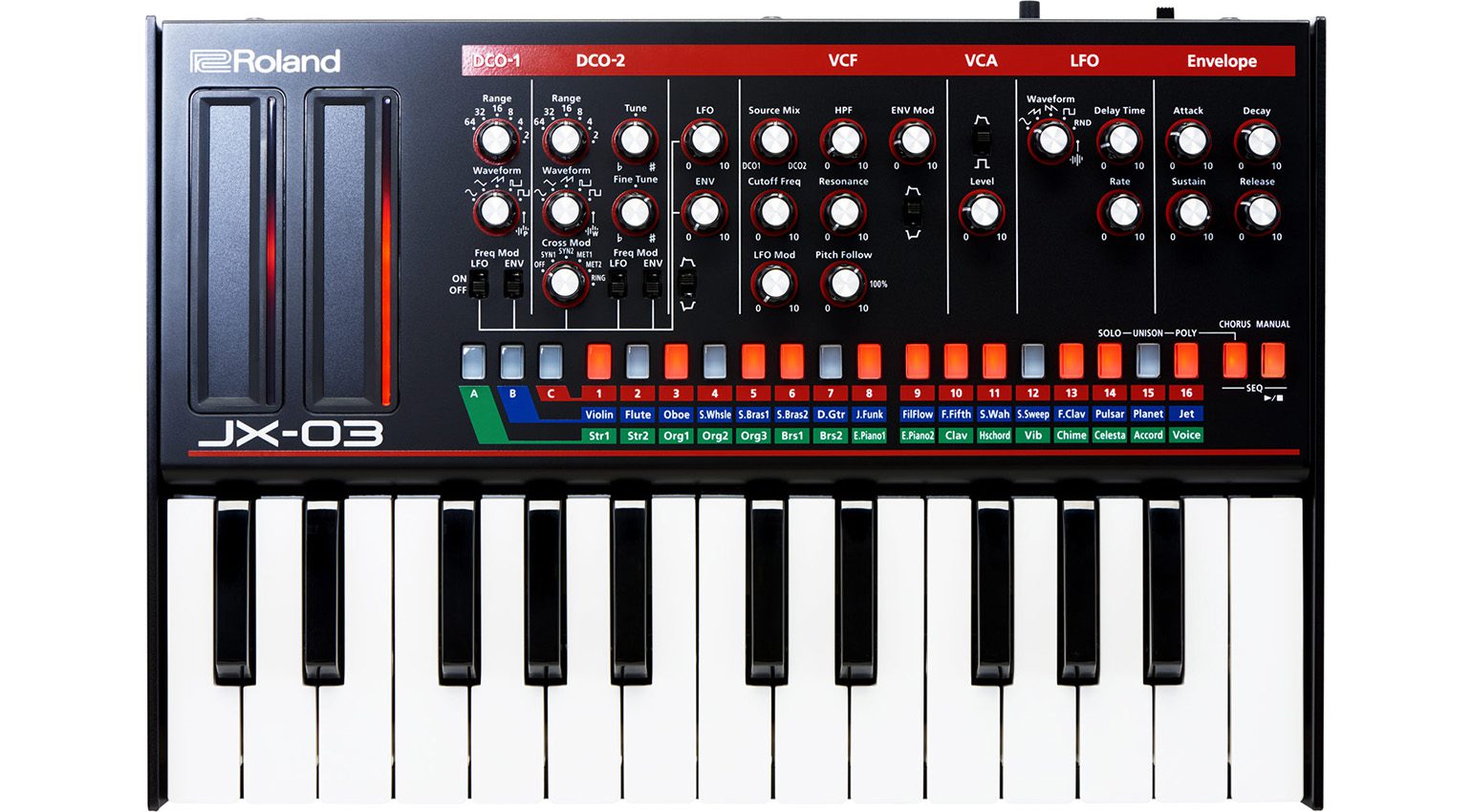
I primarily do ambient and it’s become my go-to drone synth. I love to engage the hold button, create six-note chords, and tweak the modulation until it starts to shimmer. And shimmer it does, with a gleam and glisten that’s really different from any other synth in my collection. It’s almost chimey like a guitar. The step sequencer is handy for ambient runs as well, and I can always sync it to a drum machine if I want it to clock to a tempo.
The JX Legacy
The JX series remained a stalwart alternative to the Jupiters and Junos throughout the ‘80s. Roland followed up the 3P with the rackmount MKS-30 Planet-S, which helpfully added MIDI velocity control. The true successor was 1985’s JX-8P though, whose name thankfully doesn’t have eight P words associated with it. Although this also came from the Matsumoto team, it has a very different sound than the 3P. Super clean and precise, it was meant to compete with FM synthesis. The last JX of the era – and Roland’s last analogue synthesizer for quite some time – was the JX-10 Super JX (or MKS-70 for rack fans).
But of course that wasn’t the end of it. As I mentioned, there was a Boutique version. One of the original three Boutiques, the JX-03 saw the 3P reborn in a tiny package with new, digital innards. While it’s not available anymore, the JX-8P-modelling JX-08, is. If you don’t mind working in the box, the Cloud version of the JX-3P sounds very close indeed (although the chorus doesn’t quite hit it).
If you’re in the market for an ‘80s poly that offers something a little different than your usual Junos and Jupiters, consider the JX-3P. After all, it’s programmable. It’s preset. And you know it’s polyphonic.

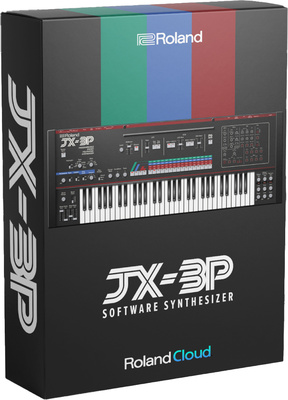

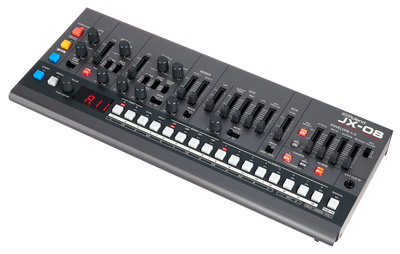
More Information
- Roland JX-03 product page
- Roland Cloud home page
- All about synthesizers
3 responses to “Classic Gear: Roland JX-3P – The synth that thinks it’s a guitar”

 4,5 / 5,0 |
4,5 / 5,0 | 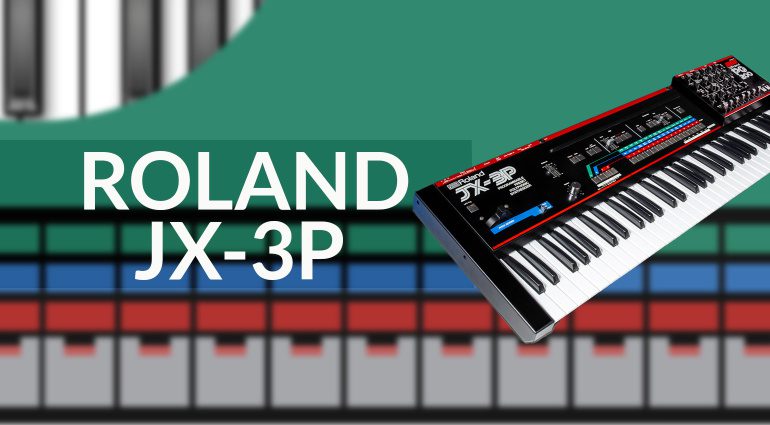


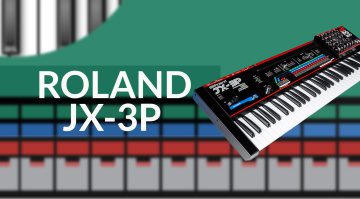

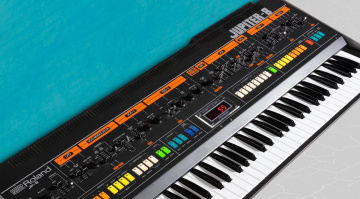
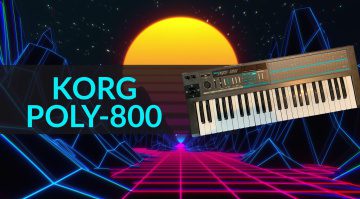
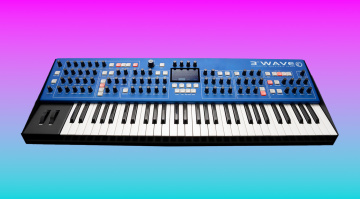


I owned three of these in two iterations over the years. The rackmount (the MKS30) recieved velocity for filter and VCA duties straight out of the box.
As you say, it’s great with the PG200 (it also works with the MKS30) & sits well in a mix. The sequencer isn’t as intuitive as it first appears to be, but there’s oodles of fun to be had when you’re using it.
The GR700 is not related to the JX-3P with its IR3109 filter but it is related to the Juno 106 with its D80017 filter. Thats why it was released in 1984 after the JX and at the same time as the Juno.
Good stuff.